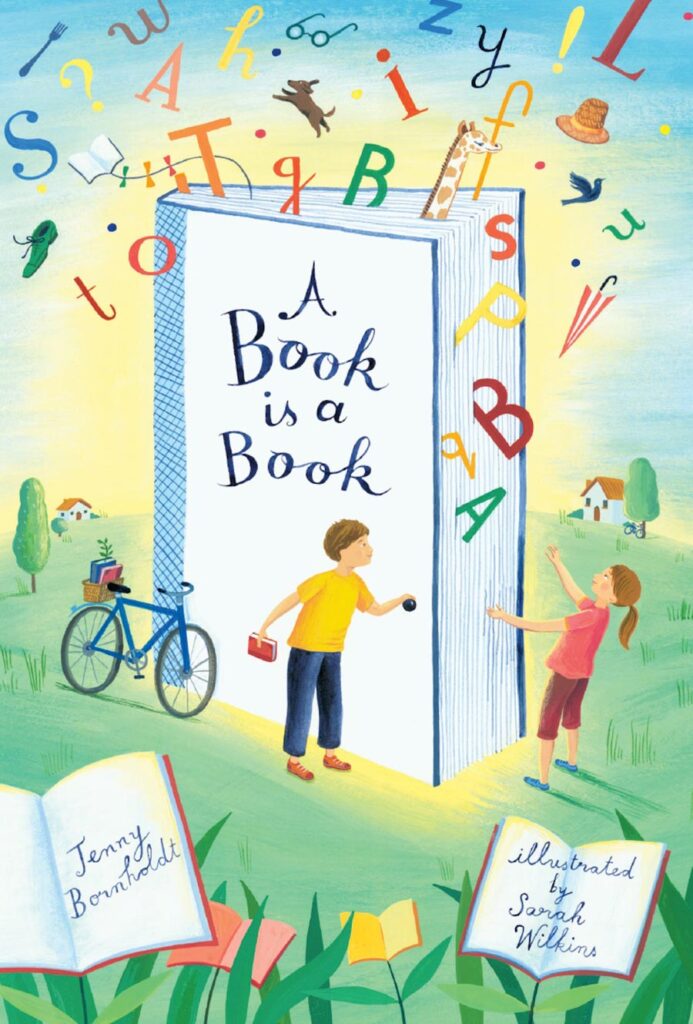Tom Jackson (text), and Chris Mould (illustrator), Amazing transport: Journey Through the History of Transport, Bloomsbury, March 2019, 64pp., $24.99, ISBN 9781408889770
This striking information book contains busy double-page spreads ideal for young readers to pore over. Illustrated totally in black and white, colour is provided by the surrounding picture frames and by the different coloured backgrounds on the pages of text.
The book divides transport into categories such as trains, ships, cars, aeroplanes etc. Each section begins with a double-page drawing of the different vehicles developed in each specific type of transport over time with a corresponding timeline along the bottom. The next double page then has further brief information about the events mentioned in the timeline, accompanied by a few of the illustrations from the previous page.
Generally speaking, the progression of each form of transport is well described with appropriate stages of innovation for each technology. However, there are some minor issues of factual accuracy, generalisation and discrepancy between text and illustration. For example, the first carts in Mesopotamia are described as having “wheels … made of planks of wood nailed together” but the drawing show ones with spoked wheels, not invented till much later. In the information about tanks, the paragraph about the amphibious tanks used in the D-Day landings has this unusual sentence: “They drove their ship into the water and sailed to the shore”! DD tanks are not ships and they didn’t sail to shore – they had propellers. The information about Australian road trains is also incorrect in both the year of the first one and the illustration. The drawing, shown twice, is of a timber jinker, not a road train. (The first one from 1934 is on display at the Alice Springs Transport Museum.)
As the book was published in Britain, it also shows some Eurocentric sentiment. This is most obvious in the paragraph about the future of the car which states that “In the future, cars will not need to fill up with fuel; they will be powered by electric motors…” This may be the case in Europe but it is not certain elsewhere in the world where these cars are less practical. This statement ignores the research and development happening in our own CSIRO and elsewhere on hydrogen fuel cell vehicles.
It is also a shame that the book does not have a satisfying conclusion, an index or a glossary. Overall, though, the book will visually appeal to many readers and may be a useful, accessible and contemporary introduction to the wide variety of transport used today and in the past.
Reviewed by Lynne Babbage






